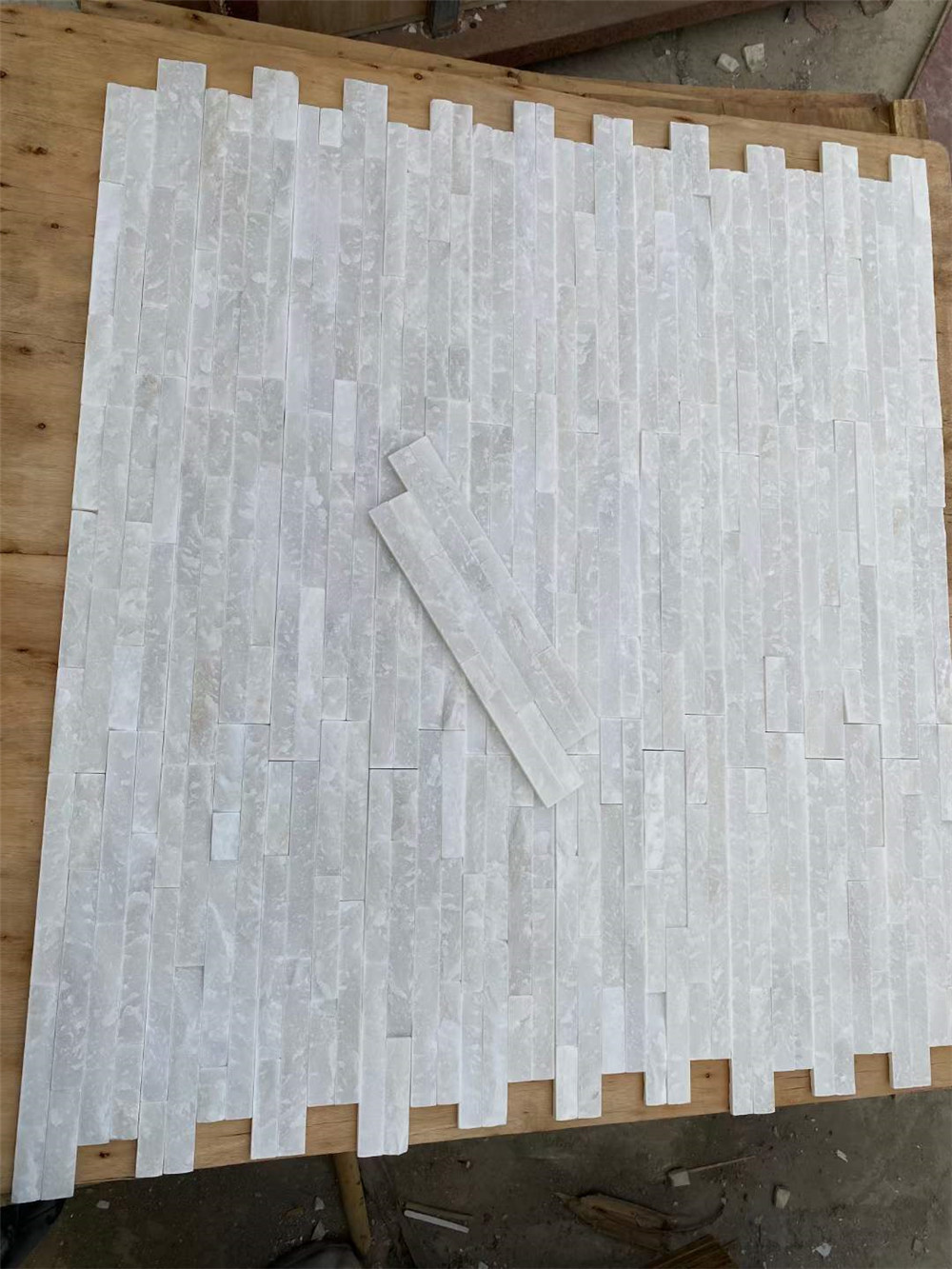Introduction (150 words)
Tuscan cultured stone is a versatile and captivating building material that has stood the test of time. Originally inspired by the rustic charm of the Italian region of Tuscany, this architectural gem has been widely embraced by homeowners, architects, and designers around the world. In this article, we will delve into the history, characteristics, and benefits of Tuscan cultured stone, exploring its ability to add a touch of elegance and durability to any space. From its origins to its modern-day applications, Tuscan cultured stone continues to captivate with its timeless beauty and exceptional craftsmanship.
1. The Origins of Tuscan Cultured Stone (300 words)
Tuscan cultured stone finds its roots in the architectural styles of Tuscany, a region renowned for its rich history and exquisite craftsmanship. The traditional stone structures of this region inspired the development of Tuscan cultured stone, which sought to replicate the natural beauty of locally-sourced stone while offering increased affordability and versatility. The artistry and precision of Tuscan stonemasons laid the foundation for this enduring architectural material.
2. The Characteristics of Tuscan Cultured Stone (500 words)
Tuscan cultured stone is a man-made product that combines natural aggregates, pigments, and bonding agents to mimic the appearance and texture of authentic stone. Its composition allows for greater consistency in color, shape, and size, making it an excellent choice for both interior and exterior applications. The range of available colors and textures makes it possible to achieve the desired aesthetic, whether it be a rustic Tuscan villa or a contemporary urban dwelling.
Moreover, Tuscan cultured stone offers exceptional durability. It can withstand the harshest weather conditions, including extreme temperatures, rain, and UV exposure, without losing its luster or structural integrity. This makes it an excellent alternative to natural stone, which often requires regular maintenance and sealing to preserve its beauty.
3. Applications of Tuscan Cultured Stone (700 words)
Tuscan cultured stone's versatility knows no bounds when it comes to its applications. It can be used to enhance both the exterior and interior of a wide range of structures, including residential homes, commercial buildings, and landscape features. Let's explore some of the most popular applications of Tuscan cultured stone:
3.1 Exterior Applications
When applied to the exterior of a building, Tuscan cultured stone creates a striking visual impact. It can be used to adorn entire facades, chimney features, or accent walls, giving the building a timeless and elegant appearance. The variety of available textures and colors allows for endless design possibilities, making it a preferred choice for architects and designers looking to create unique and visually appealing structures.
3.2 Interior Applications
Inside the home, Tuscan cultured stone brings warmth and character to any space. Whether used as a focal point on a fireplace, as a backsplash in the kitchen, or as an accent wall in the living room, it adds a touch of sophistication and charm. Its ability to mimic the look of natural stone allows homeowners to achieve a high-end aesthetic without the associated costs and maintenance.
3.3 Landscape and Outdoor Living Spaces

Tuscan cultured stone is not limited to building facades and interiors; it is also an ideal choice for landscape and outdoor living spaces. From retaining walls and garden borders to outdoor kitchens and fire pits, it seamlessly blends with the natural surroundings, creating a harmonious and inviting atmosphere. Its durability ensures that it can withstand the elements, maintaining its beauty for years to come.
4. Benefits of Tuscan Cultured Stone (600 words)
Aside from its visual appeal and versatility, Tuscan cultured stone offers a multitude of benefits that make it a preferred choice for architects, designers, and homeowners alike.
4.1 Cost-Effectiveness
Compared to natural stone, Tuscan cultured stone offers a more affordable alternative without compromising on aesthetic value. Its manufacturing process allows for greater control over costs, making it an excellent choice for those on a budget.
4.2 Ease of Installation
Tuscan cultured stone is designed for easy installation, reducing labor costs and construction time. Its lightweight nature makes it easier to handle, and it can be applied to a variety of surfaces, including wood, concrete, and drywall.
4.3 Durability and Low Maintenance
One of the key advantages of Tuscan cultured stone is its exceptional durability. It is resistant to cracking, fading, and chipping, ensuring that it will maintain its beauty for years to come. Unlike natural stone, it does not require regular sealing, saving homeowners both time and money on maintenance.
4.4 Eco-Friendly Choice
Tuscan cultured stone is an eco-friendly choice, as it utilizes natural and recycled materials. By opting for cultured stone over natural stone, homeowners contribute to the conservation of natural resources, while still enjoying the beauty and elegance of stone.
5. Conclusion (150 words)
Tuscan cultured stone has proven to be a timeless architectural material that effortlessly combines elegance, durability, and affordability. From its origins in the rustic charm of Tuscany to its modern-day applications, it continues to captivate with its ability to mimic the natural beauty of stone. Its versatility allows it to be used in a wide range of applications, both indoors and outdoors, making it a favorite choice for architects, designers, and homeowners alike. Whether transforming the facade of a building, enhancing an interior space, or creating an inviting outdoor retreat, Tuscan cultured stone remains a masterpiece of elegance and durability that will stand the test of time.
